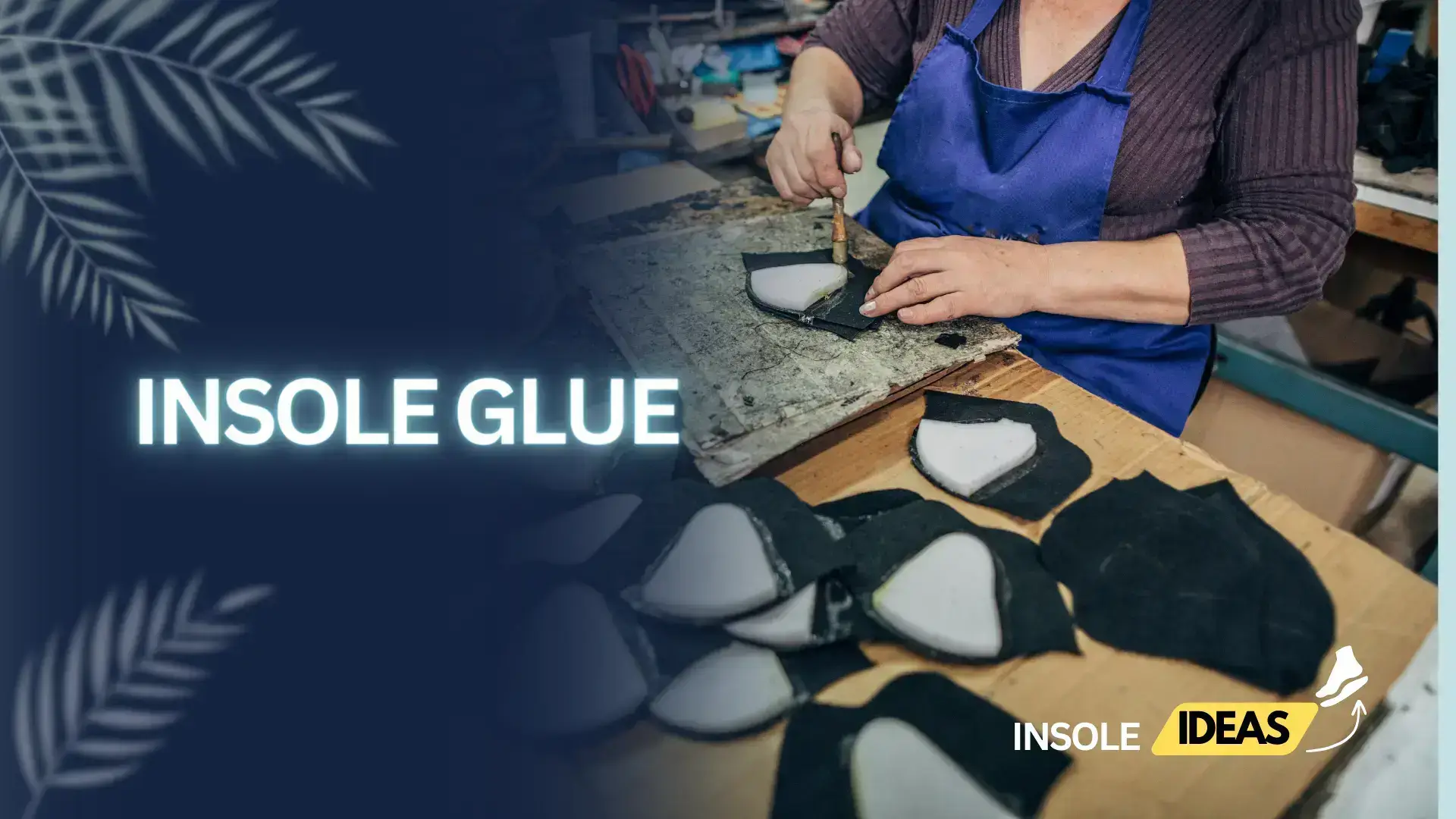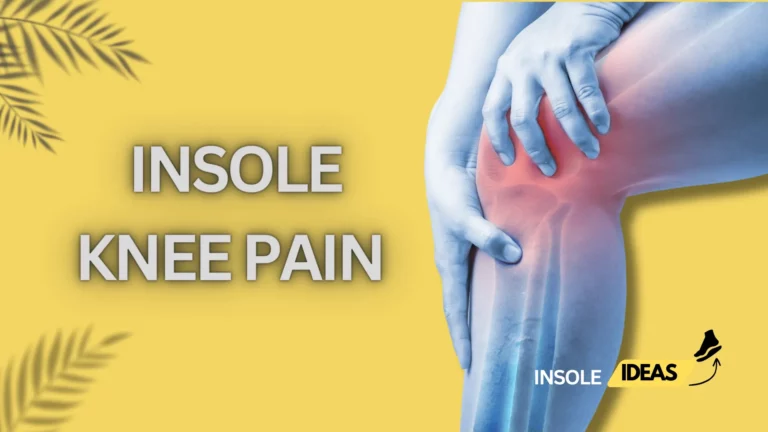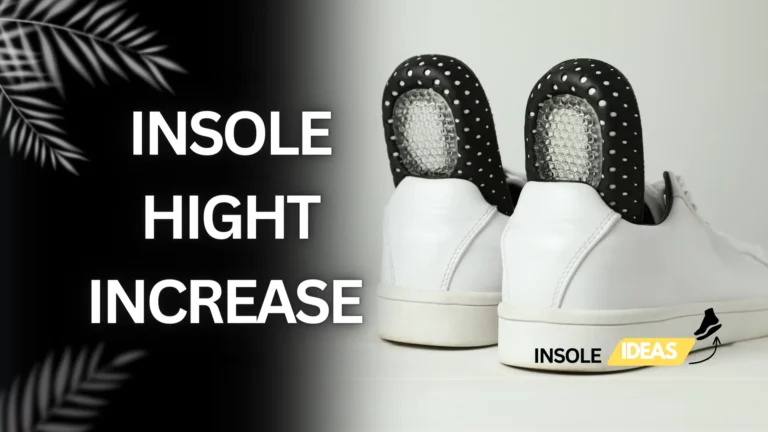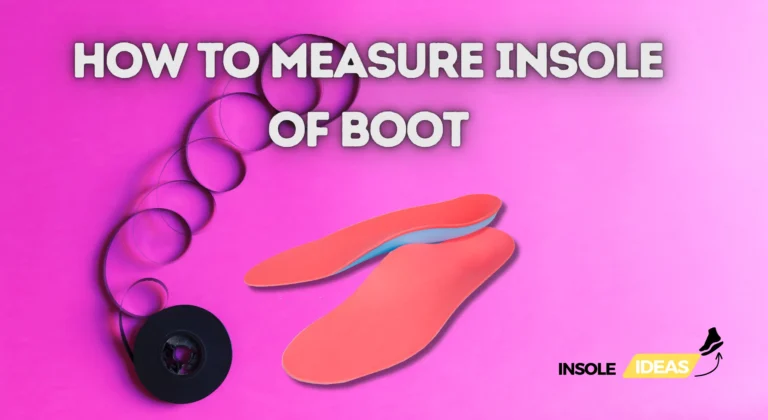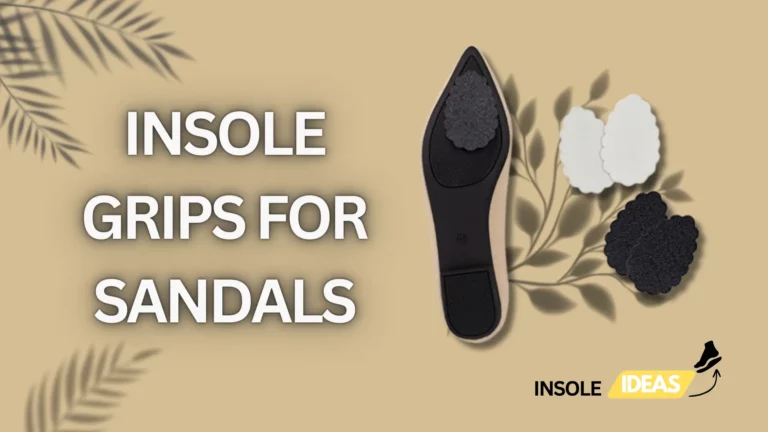Art of Insole Repair
Insole glue serves as a pivotal component in shoe manufacturing, ensuring the attachment of the insole to the shoe upper or outsole. Its primary purpose lies in providing a secure and durable bond that withstands the wear and tear of daily use. This adhesive plays a crucial role in maintaining the structural integrity and longevity of footwear.
Definition and Purpose
Insole glue, often a specialized adhesive, functions to join the insole (inner sole) to the upper part of the shoe or the outsole. Its purpose is to create a strong, lasting bond that endures various pressures, movements, and environmental conditions.
Importance in Shoe Construction
Within the intricate process of shoe construction, insole glue acts as the foundational adhesive that holds the various components together. Without a reliable adhesive like insole glue, the shoe’s structure would lack stability and cohesion, affecting both comfort and durability.
Types of Insole Glue
Insole glue comes in various types, each designed to meet specific needs in shoe manufacturing and repair.
Adhesive Varieties
1. Common Chemical Composition: Insole glues often consist of synthetic rubber compounds or thermoplastic polymers, offering a strong and flexible bond. They may also contain solvents and additives to enhance adhesion and durability.
2. Specialized Formulations: Some formulations cater to specific requirements like waterproofing, heat resistance, or flexibility. These specialized insole glues ensure shoes can withstand diverse environmental conditions or usage patterns.
Application Specifics
Industrial Use: Insole glues formulated for industrial applications prioritize efficiency and speed, facilitating mass production in shoe manufacturing plants.
Consumer Application: Products available for consumers often focus on user-friendly application methods, allowing individuals to repair or modify their footwear easily.
The variation in adhesive types and applications caters to the diverse needs of shoe manufacturers and consumers alike, ensuring that the right adhesive is available for different contexts.
Factors Influencing Insole Glue Selection
Selecting the appropriate insole glue involves considering several critical factors that impact its performance and durability.
Material Compatibility
The compatibility of the insole glue with various shoe materials is crucial. Different shoe components, such as leather, rubber, foam, or synthetic fabrics, require specific adhesives for optimal bonding. Choosing an adhesive that complements the materials ensures a strong and lasting bond.
Environmental Conditions
The environmental conditions where the shoes will be worn play a significant role. Insole glues must withstand temperature variations, moisture, and other environmental factors. For instance, shoes used in humid climates might require a waterproof adhesive to prevent the bond from weakening due to moisture.
Durability Requirements
Understanding the intended usage of the footwear is vital. Shoes subjected to high impact or heavy use demand a more robust adhesive to maintain their structural integrity over time. Adhesives designed for durability ensure the bond remains strong despite prolonged wear and tear.
Application Techniques for Insole Glue
Applying insole glue correctly is essential for achieving a strong and reliable bond between the shoe components.
Preparation Steps
Surface Cleaning: Before applying the glue, ensuring the surfaces are clean and free from dust, oil, or any residue is crucial. Proper cleaning ensures better adhesion between the insole and other shoe parts.
Priming : Some materials might benefit from priming before applying the glue. Priming enhances the surface for better adhesive bonding, especially with challenging materials like certain plastics or synthetics.
Application Methods
Brushing: Brush application is common, allowing for precise control and even distribution of the adhesive on the surfaces to be bonded.
Spraying: In industrial settings, spraying might be preferred for efficiency and uniform coverage across large batches of shoes.
Other Application Techniques: Depending on the adhesive type and specific shoe construction, other methods like rolling, dipping, or spreading might be employed. Following proper
preparation steps and utilizing suitable application methods contribute significantly to the effectiveness of insole glue, ensuring a strong and durable bond between shoe components.
Considerations for Proper Usage

Adhering to specific guidelines and precautions enhances the effectiveness of insole glue application and ensures optimal outcomes.
Safety Precautions
Ventilation and Protection: Adequate ventilation and personal protective equipment, such as gloves and masks, are essential when handling insole glue due to potential fumes or skin contact risks.
Storage Recommendations
Temperature and Shelf Life: Proper storage conditions, including temperature control, are crucial to maintain the adhesive’s effectiveness over time. Adhering to recommended storage temperatures extends the adhesive’s shelf life.
Sealing and Container Handling: Ensuring proper sealing of containers and avoiding exposure to excessive air or moisture prevents premature drying or degradation of the adhesive.
Best Practices for Application
Temperature and Humidity Considerations: Adhering to the recommended temperature and humidity ranges during the application and curing stages optimizes the adhesive’s bonding capabilities.
Curing Time: Allowing adequate curing time as per the adhesive manufacturer’s instructions ensures the development of a strong bond between the insole and other shoe components.
Troubleshooting and Common Issues
Despite proper application, certain issues may arise during or after using insole glue, requiring troubleshooting and corrective measures.
Bond Failure Causes
Surface Contamination: Residues, oils, or contaminants on shoe materials can hinder proper adhesion, leading to bond failure.
Inadequate Preparation: Improper cleaning or lack of priming can compromise the bond strength between the insole and other shoe components.
Remedial Measures
Reapplication and Surface Cleaning: If bond failure occurs, reapplication after thorough surface cleaning might rectify the issue.
Adhesive Compatibility Tests: Testing the adhesive’s compatibility with specific shoe materials or environmental conditions can help prevent bond failures in future applications.
Tips for Enhancing Adhesion
Optimal Application Conditions: Ensuring the application occurs within the recommended temperature and humidity ranges enhances adhesive performance.
Proper Curing Time: Allowing sufficient curing time without subjecting the adhesive to stress or movement supports stronger bonding.
Environmental and Health Impact
Understanding the broader implications of insole glue usage involves considering its environmental sustainability and potential health impacts.
Sustainability of Insole Glue Components
Chemical Composition: Assessing the components and chemical makeup of insole glues is crucial in evaluating their environmental impact. Some adhesives might contain elements harmful to the environment, prompting the need for eco-friendly alternatives.
Biodegradability: Exploring biodegradable or less environmentally harmful formulations supports sustainability efforts within the shoe manufacturing industry.
Health Concerns and Safety Regulations
Volatile Organic Compounds (VOCs): Some insole glues emit VOCs, contributing to indoor air pollution and potential health hazards. Regulations often aim to limit VOC emissions, promoting safer adhesive options.
Compliance with Safety Standards: Ensuring adherence to safety standards and regulations set by authorities promotes the use of insole glues that meet specific health and safety criteria.
Understanding the environmental impact and potential health risks associated with insole glues is pivotal in advocating for sustainable and safer practices within the footwear industry.
Future Trends and Innovations in Insole Glue
The landscape of insole glues continues to evolve, driven by innovative headways and a developing spotlight on supportability inside the footwear business.
Technological Advancements
Nano-Adhesives: Advancements in nanotechnology may lead to the development of nano-adhesives, offering enhanced bonding strength and durability at a microscopic level.
Smart Adhesives: Research into smart adhesives capable of self-healing or adapting to different environmental conditions could revolutionize the durability and versatility of insole glues.
Sustainability Initiatives
Bio-Based Adhesives: Increasing emphasis on bio-based adhesives derived from renewable sources reduces environmental impact and aligns with sustainability goals.
Recyclable Adhesives: Innovations in recyclable adhesives promote circularity within the footwear industry, facilitating easier separation and reutilization of materials.
The future of insole glues lies in the integration of cutting-edge technologies and a heightened focus on sustainability, promising more resilient, eco-friendly, and versatile adhesives for the footwear manufacturing sector.
Conclusion
Insole glue stands as an indispensable element in the intricate construction of footwear, playing a pivotal role in ensuring the structural integrity, durability, and comfort of shoes.
Key Points
Functionality: Insole glue serves to bond the insole with other shoe components, providing stability and cohesion.
Types and Application: Various adhesive varieties and application methods cater to diverse manufacturing needs.
Factors in Selection: Material compatibility, environmental considerations, and durability requirements influence adhesive choice.
Application Techniques: Proper preparation and application techniques are vital for effective bonding.
Considerations for Usage: Safety precautions, storage guidelines, and optimal application practices enhance adhesive efficiency.
Troubleshooting and Improvement: Addressing bond failure issues and implementing corrective measures to improve application outcomes.
Environmental and Health Impact: Assessing sustainability and safety aspects contributes to responsible usage.
Future Trends: Technological advancements and sustainability initiatives shape the future of insole glues.
Importance of Insole Glue in Footwear Industry
The significance of insole glue extends beyond its adhesive properties; it’s an essential component ensuring the quality, durability, and performance of footwear. Its role in securing the structural integrity of shoes cannot be overstated, impacting both comfort and longevity.
Advancements and Challenges
As advancements in technology and sustainability continue to drive innovation, the footwear industry faces the challenge of striking a balance between functionality, durability, and environmental responsibility. Embracing these advancements while addressing challenges will pave the way for more resilient, eco-friendly, and efficient insole glues.

